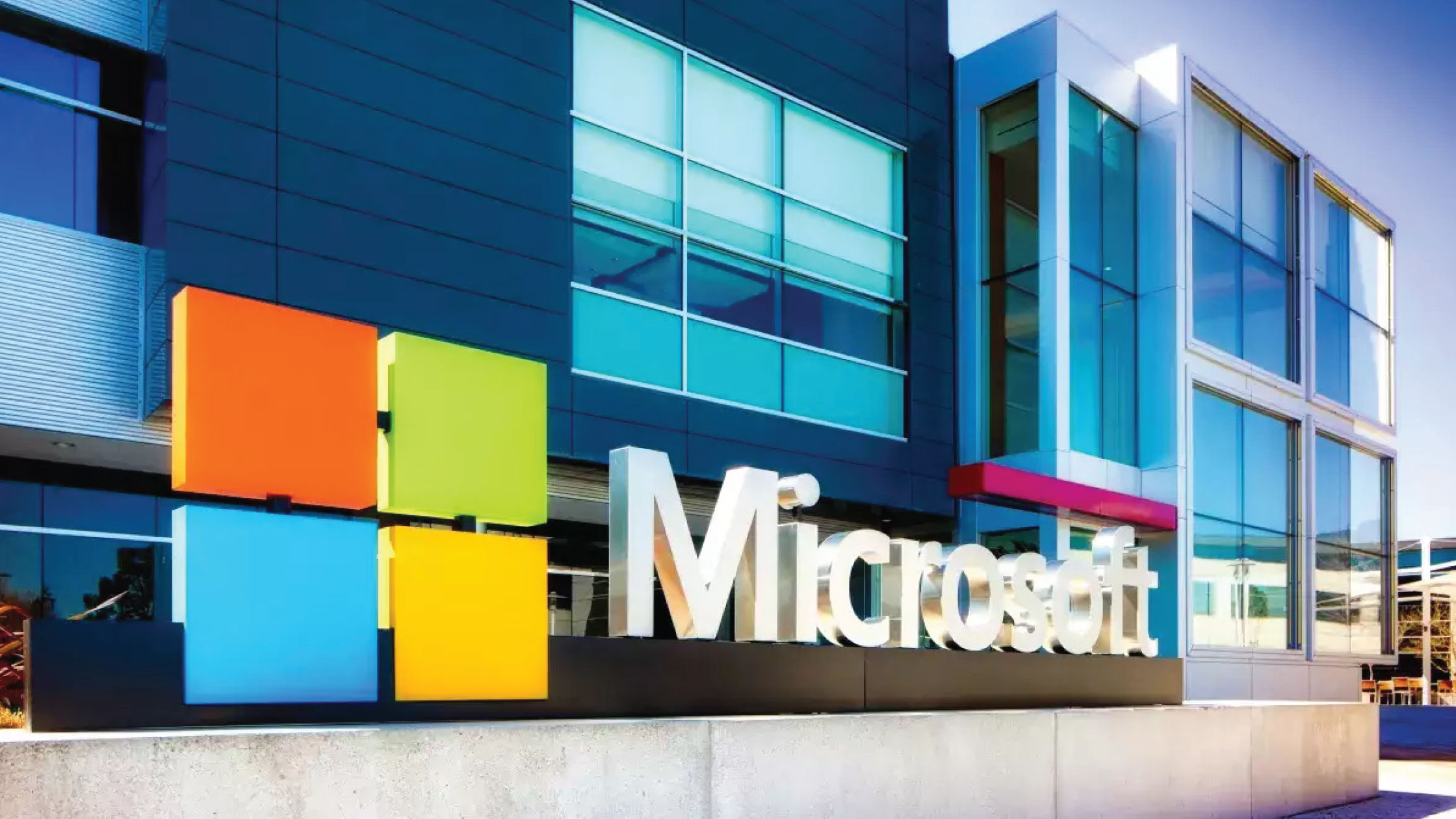Is Microsoft a Buy After Its Latest Earnings?
April 28, 2022

Amid all the stomach-churning losses in stock markets, companies continue to report earnings.
The past week has been a busy one for investors as attention has shifted to how well “Big Tech” companies in the US have performed in the first quarter of 2022.
So far this year, many of the Big Tech stocks have trailed the benchmark S&P 500 Index so it was an opportunity to see how the underlying businesses were actually faring.
Office software and cloud computing giant Microsoft Corporation (NASDAQ: MSFT) took centre stage when it reported its third-quarter fiscal year (FY) 2022 earnings (for the three months ending 31 March 2022) earlier this week.
So, for growth investors still interested in Big Tech, did the latest set of earnings from Microsoft provide some reassurances? Here’s what investors need to know.
Cloud continues to drive growth
Perhaps the biggest question mark over Microsoft, heading into this latest set of earnings, was whether demand for its cloud services – primarily Azure – could be sustained.
The answer was a clear “yes”. Overall revenue for Microsoft increased by 18% year-on-year during the quarter to US$49.4 billion while operating income jumped 19% year-on-year to US$20.4 billion.
Net income was US$16.7 billion. Diluted earnings per share (EPS) was up 9% year-on-year at US$2.22, slightly ahead of Wall Street estimates for US$2.19.
However, it was its Azure cloud business that really stood out yet again – notching up 46% year-on-year growth to match the prior quarter’s pace.
It also highlighted the robust fundamentals of long-term cloud computing demand (at least on the infrastructure side), even in an environment of rising inflation.
Trifecta of businesses
Microsoft’s three-headed hydra of Productivity and Business Processes, Intelligent Cloud and More Personal Computing continued to perform consistently.
All three divisions showed double-digit year-on-year percentage revenue growth, with Intelligent Cloud seeing a 26% year-on-year rise in sales to US$19.1 billion.
Productivity and Business Processes saw sales climb 17% year-on-year to US$15.8 billion, with revenue from LinkedIn soaring 34% year-on-year.
The professional online network is now a business that generates, on an annual run rate, well over US$10 billion in revenue. It has turned out to be a savvy acquisition from Microsoft, which acquired it back in 2016.
On that front, during the most recent quarter Microsoft closed its US$20 billion deal for Nuance Communications (a tech firm with extensive experience in the healthcare sector).
Less exposed to supply chains
While Microsoft does have an arm that depends on the manufacturing of physical good (for the Xbox and Surface tablets), its More Personal Computing segment is actually the smallest of the three – from a revenue perspective.
Unsurprisingly, it also generated the slowest sales growth over the latest quarter, seeing an 11% year-on-year expansion to US$14.5 billion.
Microsoft CFO Amy Hood did acknowledge that ongoing Covid-19 restrictions in China that have disrupted PC and console supplies, if it persisted for a while longer, could worsen the company’s guidance for the current quarter.
As for its cloud and Office360 businesses, though, which are distributed online, its other two divisions are essentially immune to any supply chain disruptions.
Returning cash to shareholders
On the whole, it was another solid quarter for Microsoft. Investors will continue to watch closely whether its proposed US$69 billion blockbuster deal to acquire gaming company Activision Blizzard Inc (NASDAQ: ATVI) will go through.
The large spread between Activision’s current share price (around US$76) and Microsoft’s bid price of US$95 suggests that there are some serious doubts in the market whether regulators will approve it.
Regardless, even without the deal, Microsoft has enough growth levers to pull. It’s also generating a tsunami of cash flow, as seen by its shareholder returns during the quarter.
The company returned US$12.4 billion to shareholders during the latest three-month period. That figure was up 25% year-on-year and consisted of US$7.8 billion in share buybacks and US$4.6 billion in dividends.
For shareholders in Big Tech, particularly those that own fellow cloud giant Amazon.com Inc (NASDAQ: AMZN), Microsoft’s latest results bode well.
Disclaimer: ProsperUs Head of Content & Investment Lead Tim Phillips owns shares of Microsoft Corporation.

Tim Phillips
Tim, based in Singapore but from Hong Kong, caught the investing bug as a teenager and is a passionate advocate of responsible long-term investing as a great way to build wealth.
He has worked in various content roles at Schroders and the Motley Fool, with a focus on Asian stocks, but believes in buying great businesses – wherever they may be. He is also a certified SGX Academy Trainer.
In his spare time, Tim enjoys running after his two young sons, playing football and practicing yoga.







